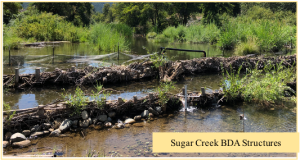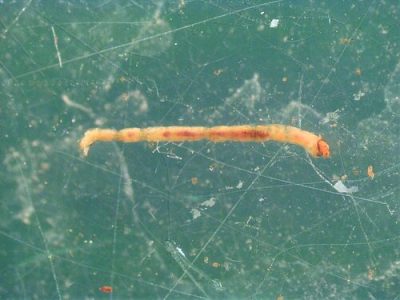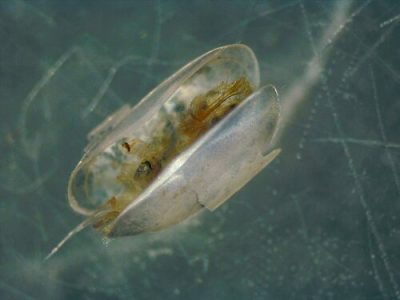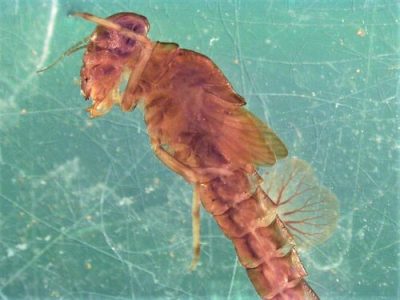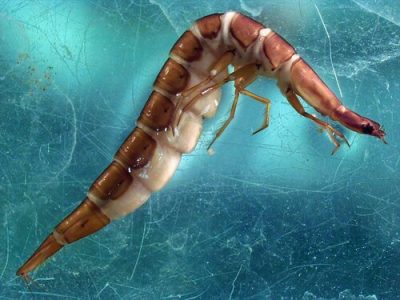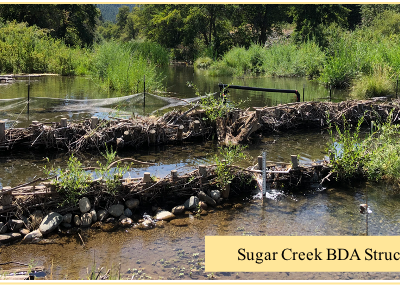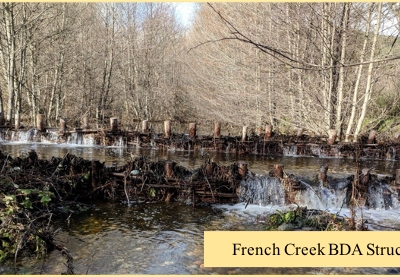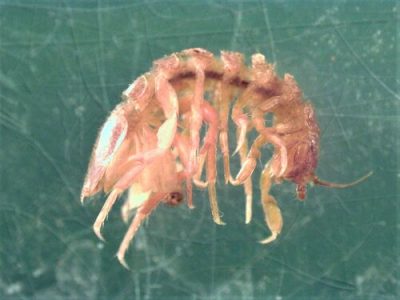Looking at restoration through the eyes of bugs
The time to gather this information is now. The prolonged drought within the last few years (and the extraordinary drought of 2020 & 2021 & 2022) have been difficult on coho salmon and other salmonids. SRWC, in collaboration with the University of California, Davis Center for Watershed Sciences (UCD-CWS), has engaged in on-going effectiveness monitoring at BDA sites in order to build the scientific knowledge-base needed to identify cost effective restoration actions to aid in restoring stream function and health and recover from legacy and on-going land use practices. Healthy streams also can provide ecosystem services in the face of climate change and local droughts.
This project aims to understand the effects of restoration and enhancement activities on salmonid food webs associated with the BDA projects in order to define direct benefits to salmonids. Aquatic food webs are highly understudied but have the ability to significantly improve rearing habitat for threatened and endangered fishes particularly in habitats affected by climate change. The UCD study looks at changes in benthic and pelagic food webs and water temperature associated with the implementation of two BDAs sites, one on Sugar Creek and one French Creek, to understand potential implications for juvenile salmonid rearing. The monitor activities include food web (benthic and pelagic) response and potential rearing benefits to salmonids before and after implementation. Their study compares results to established control sites, enabling us to determine the magnitude of response between habitats. Water temperature is also being monitored continuously at numerous sites and water chemistry sampled seasonally throughout the project.
